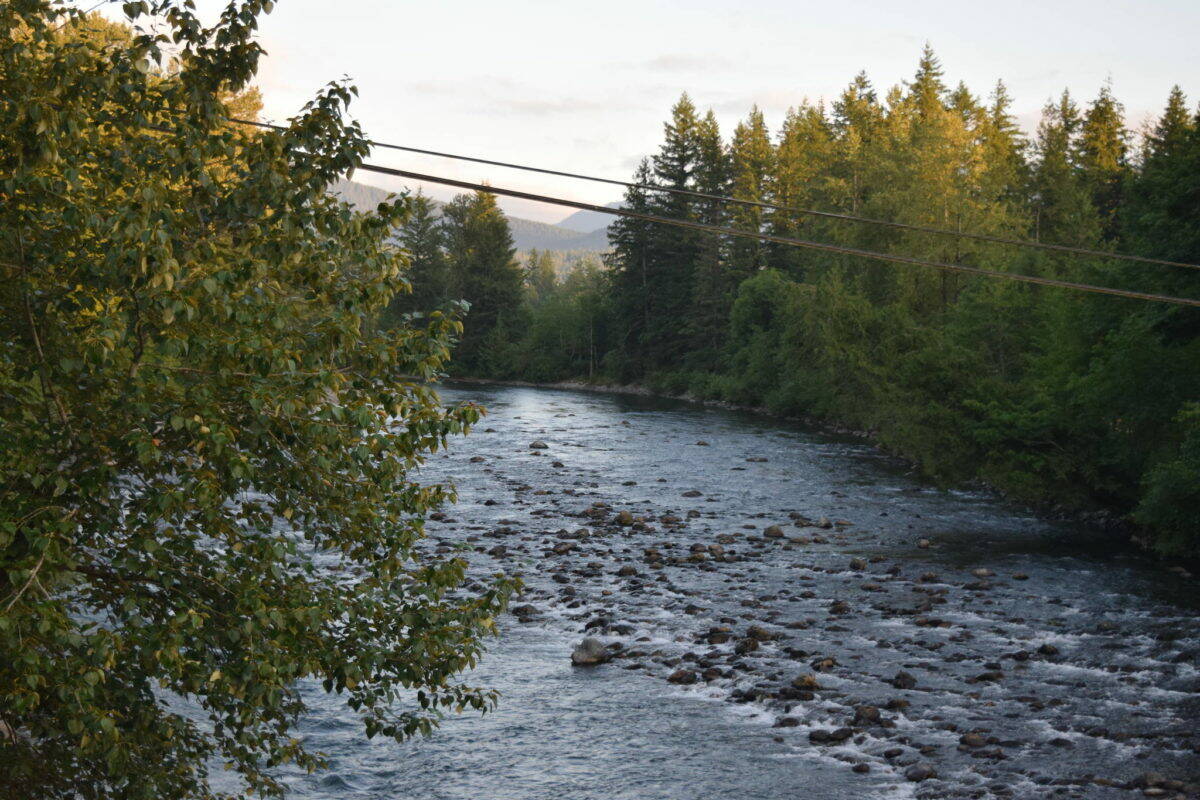North Bend residents will be under stricter water usage restrictions, as the city prepares to enter stage 2 of its Water Conservation Ordinance (WCO) later this week, amid unusually low river flows for this time of year.
On Monday, Oct. 17, City Public Works Director Mark Rigos announced that the city will move to Stage 2 of the WCO beginning Thursday, Oct. 20, and remain in that stage for the time being.
The city’s WCO goes into effect in Stage 1 each August to help protect levels in the Snoqualmie River. North Bend has entered Stage 2 at least one other time, back in October of 2020, according to previous reporting by the Valley Record.
The WCO stems from legislation adopted by the city council in June of 2020, and impacts all those who are served by city water or reside in city limits.
Most will feel minimal impacts from Stage 2 restrictions, which for residents limits irrigation for landscaping and prohibits washing of driveways, sidewalks and other hardscape surfaces. Construction without prior approval is also prohibited and restaurants can now only serve water by request.
City officials said “they were hopeful” to avoid Stage 2 this year, with a decent winter snowpack and a wet spring, but said dry heat has been present in the region since June.
The stages of the WCO are based on water levels in the Chester Morse Lake Masonry Pool, which feeds Hobo Springs. The city uses Hobo Springs as its primary mitigation source to supplement water levels in the Snoqualmie River.
The stage change comes after Western Washington has experienced its driest summer since 1930, and has gone weeks without significant rainfall. The dry heat has impacted rivers across the state.
Over the last week-plus, water flows in all three forks of the Snoqualmie River and near the falls have remained at or below single-day record lows, according to data dating back to the 1960s from the Northwest River Forecast Center.
While it is abnormal to go this long without rainfall, water flows remain above all-time low marks set during a historic drought in August of 2015.
During that drought many fish were seen stranded and efforts were made to relocate them. That is not what’s happening now, said Kellie Gillingham, a Water Master with the state Department of Ecology. She said they are excited to see predicted rain in the forecast later this week.
“When the rain comes I do anticipate we’ll see flows rise,” she said. “In 2015 we had really low flows and then a big rainstorm came through.”
According to predictions from the Northwest River Forecast Center, water levels in the Snoqualmie are expected to begin trending upwards toward normal October flows by Friday.
During that 2015 drought, North Bend did violate its mitigation water requirements for the Snoqualmie River on multiple days, but the violations were largely due to a number of operator errors, a third party consulting firm found. Otherwise the city had sufficient mitigation water, the Valley Record previously reported.
North Bend has been continuing to negotiate with the Sallal Water Association to shore up its mitigation supply, including an offer to outright purchase Sallal that would give the city sufficient mitigation water. The City Council just weeks ago approved funds for a third-party appraiser to assess Sallal’s water district. A vote by Sallal’s membership would be required for approval of that sale.



